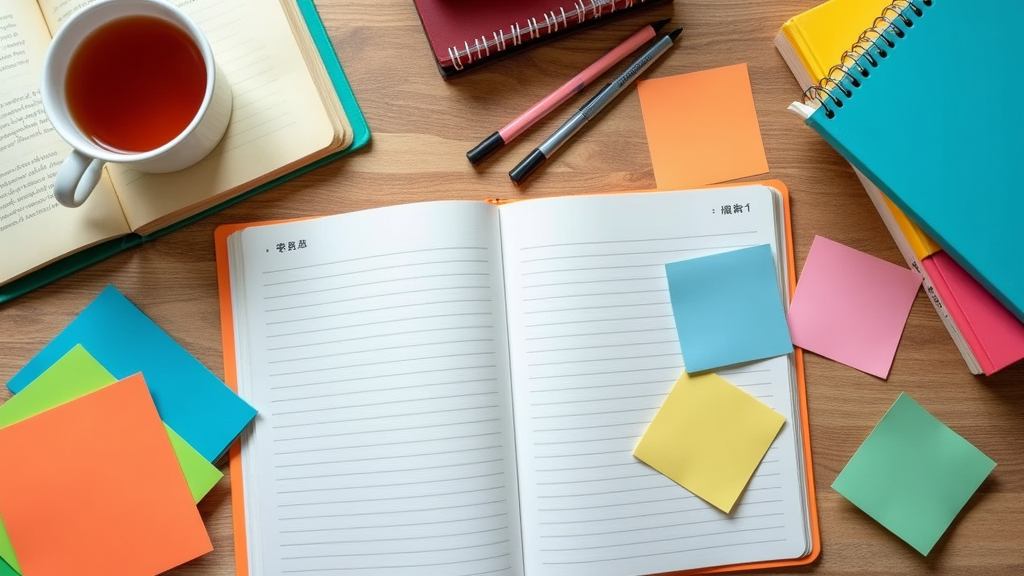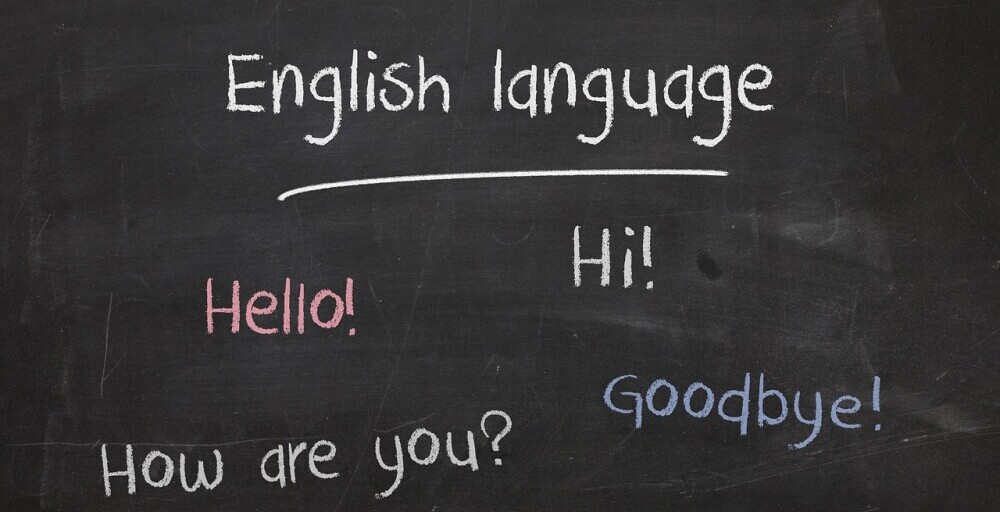Learning a new language as a beginner feels like stepping into a whole new world, but I find that having user friendly techniques and clear strategies makes the process much easier.
With so many resources and advice out there, it’s easy to feel lost or overwhelmed.
In my experience, the right approach can turn language study from a stressful chore into something you look forward to each day.
That’s why I want to share some reliable language learning techniques that have helped me and many other beginners build real communication skills from day one.

Getting to Know the Foundations of Language Learning
Language learning at its core is about communication, practice, and gradual growth.
I know from my own study adventure that the first few weeks can be packed with doubts.
What words should I learn first? S
hould I focus on grammar, pronunciation, or just speaking?
For beginners, having a structured but low-pressure routine helps clear up these questions and gives you confidence.
One guideline I’ve found especially helpful is the idea of the “5 C’s” of language learning: Communication, Cultures, Connections, Comparisons, and Communities.
These principles help create all-in-one language skills and keep you motivated by showing how languages are used in real life:
- Communication: Practicing listening, speaking, reading, and writing so you can use the language naturally in conversations.
- Cultures: Learning about the cultures where the language is spoken so you understand traditions, humor, and ways of thinking.
- Connections: Making links between the new language and your personal interests or other subjects you’re studying.
- Comparisons: Noticing similarities and differences between the new language and your own, which builds understanding and memory.
- Communities: Getting involved with language learners and native speakers, online or offline, so you use your skills in real-life contexts.
Following these points every day shapes your routine into something richer than just memorizing vocabulary lists. I recommend coming back to these ideas regularly, especially if you feel stuck or lose motivation.
Beginner Friendly Language Learning Techniques that Work
With so many techniques out there, picking a handful that really match your style is important.
Based on my own learning and what language experts suggest, these are some of the tools and habits that consistently help beginners:
- Start with High Frequency Words: To get speaking quickly, I always focus on the most commonly used words and phrases. That means basic greetings, everyday objects, simple verbs, and polite expressions. Many language courses and free online lists highlight these “core vocab” items. Mastering a few hundred of these early on makes real conversations possible faster than cramming random words.
- Practice the 15/30/15 Method: This time management technique helps me build a routine: 15 minutes reviewing old material, 30 minutes tackling something new (like lessons, dialogues, or grammar points), and 15 minutes putting what I learned into practice, like speaking with a partner or using flashcards. Breaking up study sessions this way keeps lessons fresh and avoids mental fatigue.
- Use Spaced Repetition Apps: Tools like Anki and Memrise have changed the way I remember vocabulary. These apps use a scientific approach to remind you of words before you forget them. As a beginner, this has helped me retain dozens of phrases without feeling overwhelmed.
- Immerse Yourself with Simple Media: Watching children’s cartoons, listening to beginner podcasts, or reading short texts meant for language learners exposes you to real pronunciation, slang, and the rhythm of the language. Whenever I pick up a new language, I look for easy resources I actually enjoy so my study time feels less forced.
- Speak from Day One: Trying this can seem scary, but it’s made the biggest difference for me. Even saying a few words to a tutor on italki, joining a language exchange on HelloTalk, or reading simple sentences out loud helps. The sooner you practice speaking, the quicker you notice patterns and gain confidence.
Combining two or three of these beginner language methods gives you variety, keeps you motivated, and ensures steady progress even when life gets busy.
Common Beginner Challenges and How I’ve Solved Them
Early frustrations are normal, and almost every new language learner faces a few roadblocks. Here are some common issues I’ve had and how I managed to work through them:
- Pronunciation Troubles: Recording myself speaking, listening back, and comparing it to native pronunciation on language exchange apps or YouTube really helped me catch mistakes and improve over time.
- Losing Motivation: I keep language study interesting by mixing things up. Sometimes I focus on vocabulary, other days I watch funny videos or try a simple recipe in the target language.
- Grammar Overwhelm: I learned to focus on patterns found in everyday speech and worry less about getting every rule perfect from the start. With time, things like verb endings and word order became clearer through repeated use.
- Limited Speaking Opportunities: Online language partners, voice chat groups, and tutor sessions are my go-to ways to practice speaking if I don’t have native speakers around me.
It’s normal to get stuck from time to time. Patience and consistency go a long way. Tracking your progress, even small wins like remembering five new words, makes a real difference in keeping up your enthusiasm. To keep myself accountable, sometimes I set check-in goals with friends or within language learning forums. Connecting with others makes the journey less lonely and more fun.
Tips for Making Language Learning Stick
Keeping language knowledge fresh and active takes regular review and real world use. These tips have helped me make steady progress even with a busy schedule:
Label objects around your home: Writing sticky notes with the name of items in your target language and placing them on doors, mirrors, or the fridge helps build a daily habit and connects words with real life objects. The visual cues serve as reminders and help reinforce memory.
Keep a language journal: I write a few simple sentences each day, describing what I did, how I feel, or what the weather is like. Over time, this routine really improves writing fluency and helps me spot recurring mistakes.
Find a personal connection: Learning a language with a friend, joining an online community, or connecting the language to a hobby (like music or gaming) helps create lasting motivation. Shared adventures and challenges add a layer of fun.
Practice self correction: When I make mistakes, I repeat the correct form a couple of times, either by writing it out or saying it aloud. Gentle self correction helps lock in the right patterns and builds confidence for the next time.
Also, celebrating milestones, like finishing a children’s storybook or holding a short conversation without pausing, really gives me a boost. Little victories make the ride rewarding.
Real Examples: Applying Beginner Techniques to Daily Life
Putting all these methods together, here’s how I create a simple daily routine for language learning:
- I spend 15 minutes reviewing flashcards from previous days, using a spaced repetition app.
- For 30 minutes, I listen to an easy podcast or work through one unit of a beginner’s textbook, always writing down new words and expressions.
- Last, I spend 15 minutes using the new material in practical ways, like speaking to an online tutor, writing a journal entry, or having a short chat in a target language community forum.
Repeating this “15/30/15 method” a few times a week, or even daily if I have time, keeps the learning fresh and steadily builds my skills. Adjusting the activities based on my mood and schedule helps me stick with it long term. Remember, a flexible routine is more effective than a rigid one—do what works for you.
Frequently Asked Questions
What are the 5 C’s of language learning?
The 5 C’s—Communication, Cultures, Connections, Comparisons, and Communities—guide learners to use language in real situations and build wide ranging skills. They also keep you interested and show how languages work in everyday life.
How does the 15/30/15 method help beginners?
I use this approach to balance my study time: 15 minutes reviewing old material, 30 minutes on something new, and 15 minutes practicing or using the language. It breaks lessons into manageable chunks and makes routines easier to maintain.
What’s the best technique to learn any language as a beginner?
Combining high frequency vocabulary study, spaced repetition apps, regular speaking practice, and simple immersion, like cartoons, works best for me. No single method covers everything, so I find mixing a few is the most effective approach.

Building Confidence and Making Progress as a Language Beginner
Beginning to learn a new language always comes with challenges, but choosing fun, effective techniques makes it easier to build habits and see progress. Focusing on common vocabulary, manageable routines, speaking early, and staying connected with communities all give you a strong foundation. The real secret is staying consistent and finding small ways to keep things engaging every day. Language learning is not about getting everything perfect from the start, but about keeping at it and enjoying each new phrase you master. Tracking your progress with a journal or sharing updates with friends can make the process more rewarding.
With some patience and the right methods, you can look forward to using your new language with confidence, whether while traveling, making friends, or exploring new cultures right from home.
